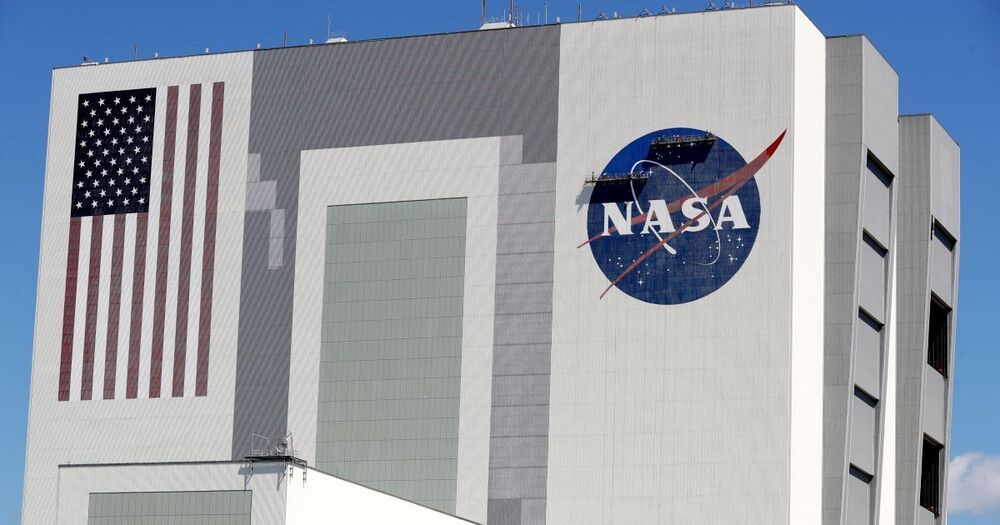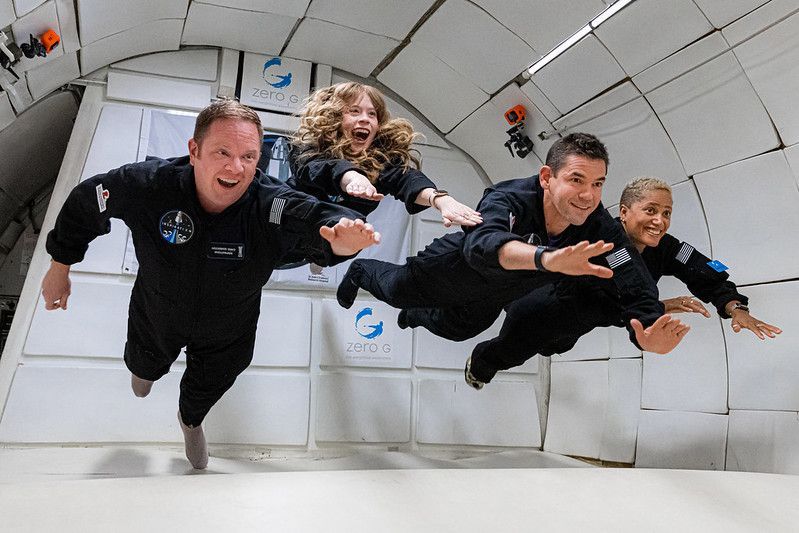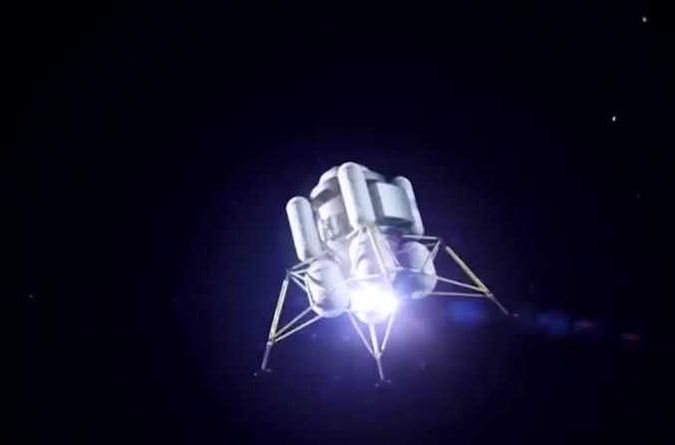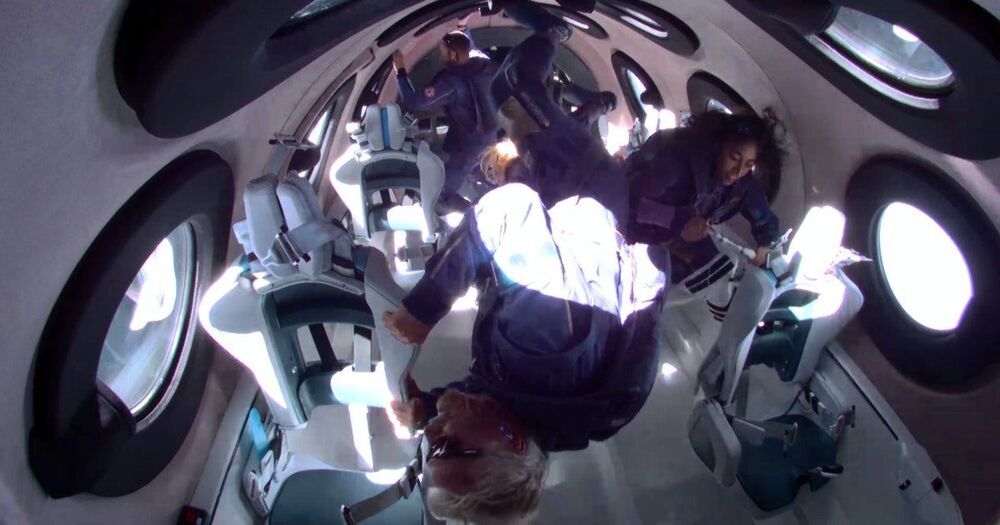NASA and the US Department of Energy awarded three $5m contracts to produce reactor-design concepts for trips to Mars.


How many rocket engines does it take to build a city on Mars?
SpaceX CEO Elon Musk wants to build a Mars city. Here’s how many engines his Starship will need to get there.


Join the SRIC3 final event big party!
Here’s where you can find the Zoom coordinates to join us celebrating the 2021 Space Renaissance Congress completed:
Though the voting process will remain open until Thursday July 15th, i am happy to announce that **we have elected the new President of Space Renaissance International, Prof. Bernard Foing, and the new Board of Directors!**
Hereafter the received votes so far, that assure we passed the quorum, and the election of our new leadership.
63, 77% of the having right to vote voted so far on the 3 final motions, namely:
Final Resolution: AYE 97, 73%, NAY 0%, ABS 2.27%
Thesis 1 Motion: AYE 93, 18%, NAY 0%, ABS 6.82%
Bizarre coincidence or fate?
One of the leading developers of rocket technology for the Nazis during World War II appears to have predicted the rise of an “Elon” that would one day rule over human colonies on Mars.
Wernher Magnus Maximilian Freiherr von Braun was an engineer born in Germany shortly before the beginning of the First World War. As a teenager, he became passionate about space flight and ended up working on liquid-fuel rockets for the German army in 1932.
He continued his work on rockets under Nazi German rule, with his team instrumental in creating the V-2 rocket. The rockets – aka Vengeance Weapon Two – would go on to kill thousands of people, though the greatest toll was on the 20000 concentration camp prisoners who died while constructing them under brutal conditions.
During his time developing rockets for Germany, he visited where they were being built, and knew of the awful conditions and deaths of the slave laborers, though he claimed to not know how awful conditions truly were. It’s unclear how enthusiastic he was about working for the Nazis, but he signed up to the party in 1937 (he would later claim it was 1939) and became an SS officer. Before the war was over, he surrendered himself to US forces, and went on to have a long career at NASA, eventually becoming director of NASA’s Marshall Space Flight Center, where he would work on rockets that would take humans to the Moon.

😀
Richard Branson has finally launched to the edge of space aboard his Virgin Galactic space plane, a flight more than 15 years in the making. The billionaire has narrowly become the first person to fly on a spacecraft of their own making, beating Blue Origin founder Jeff Bezos by a matter of days.
On 11 July, the VSS Unity launched from New Mexico, taking Branson, two pilots and three other passengers on a 90-minute suborbital flight to an altitude of 85 kilometres.
“To all you kids down there, I was once a child with a dream looking up to the stars,” Branson said in a broadcast during the flight. “Now I’m an adult, in a spaceship with lots of other wonderful adults, looking down to our beautiful, beautiful Earth.”


Meet ‘A Shortfall of Gravitas.’
The drone fleet used by SpaceX to catch falling rockets now has a third autonomous ship, whimsically called “A Shortfall of Gravitas.”
Founder Elon Musk unveiled the newest floating rocket landing pad on Twitter Friday (July 9) along with a dramatic video from a flying drone circling the ship.
“Go forth and conquer,” actor Kate Winslet says.
SpaceX’s Elon Musk is among the high-profile people celebrating Branson’s preparations for space.